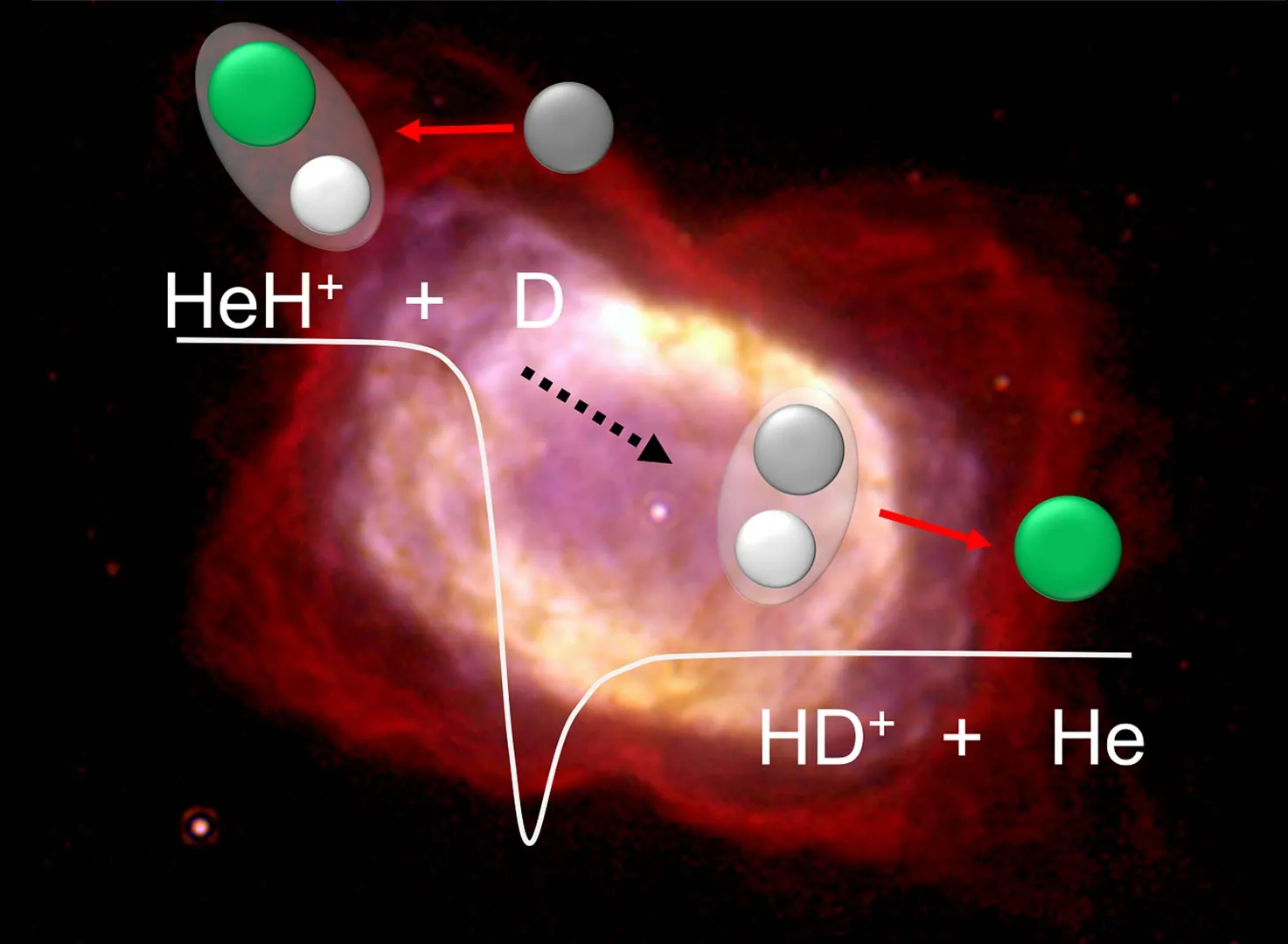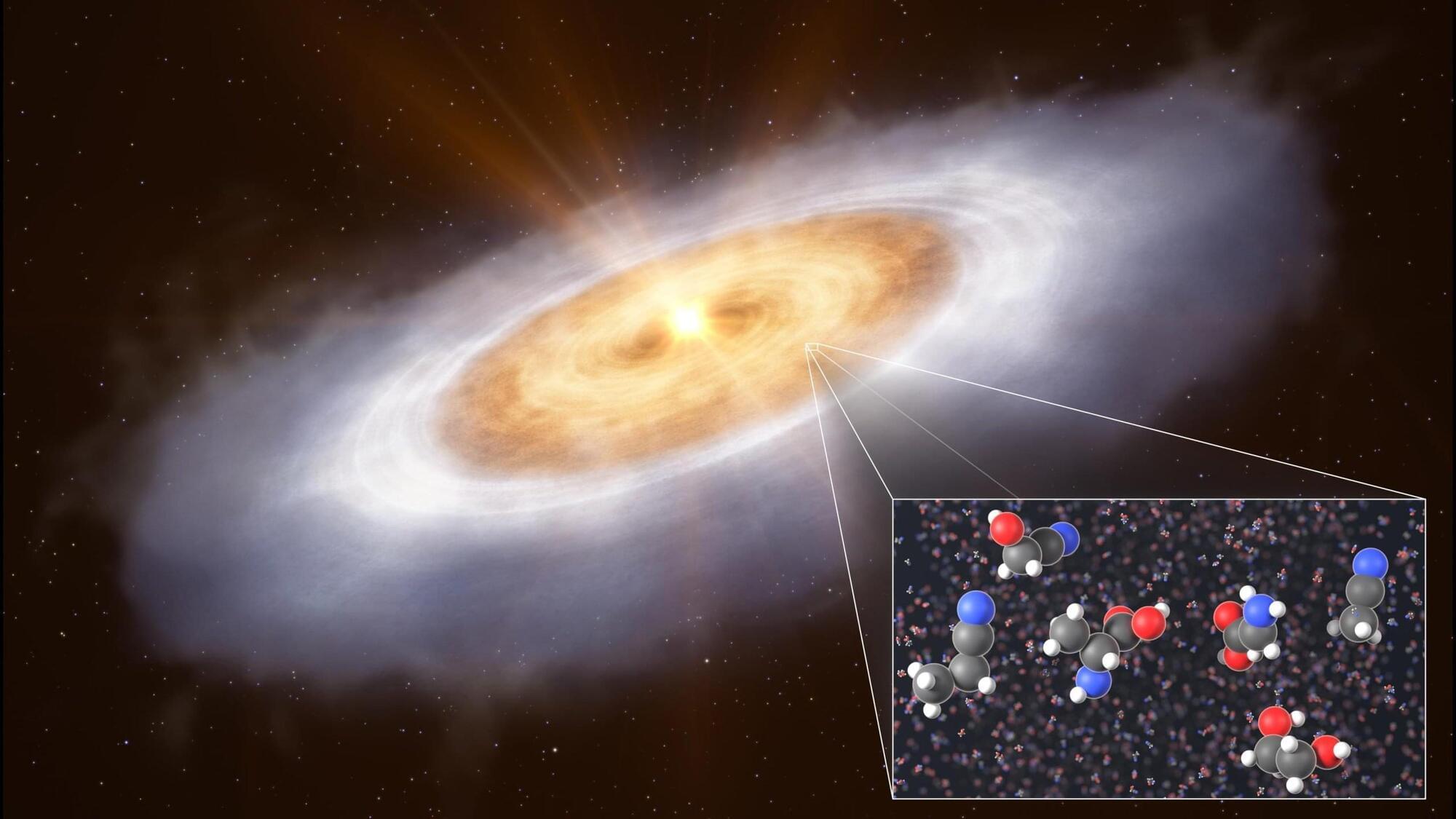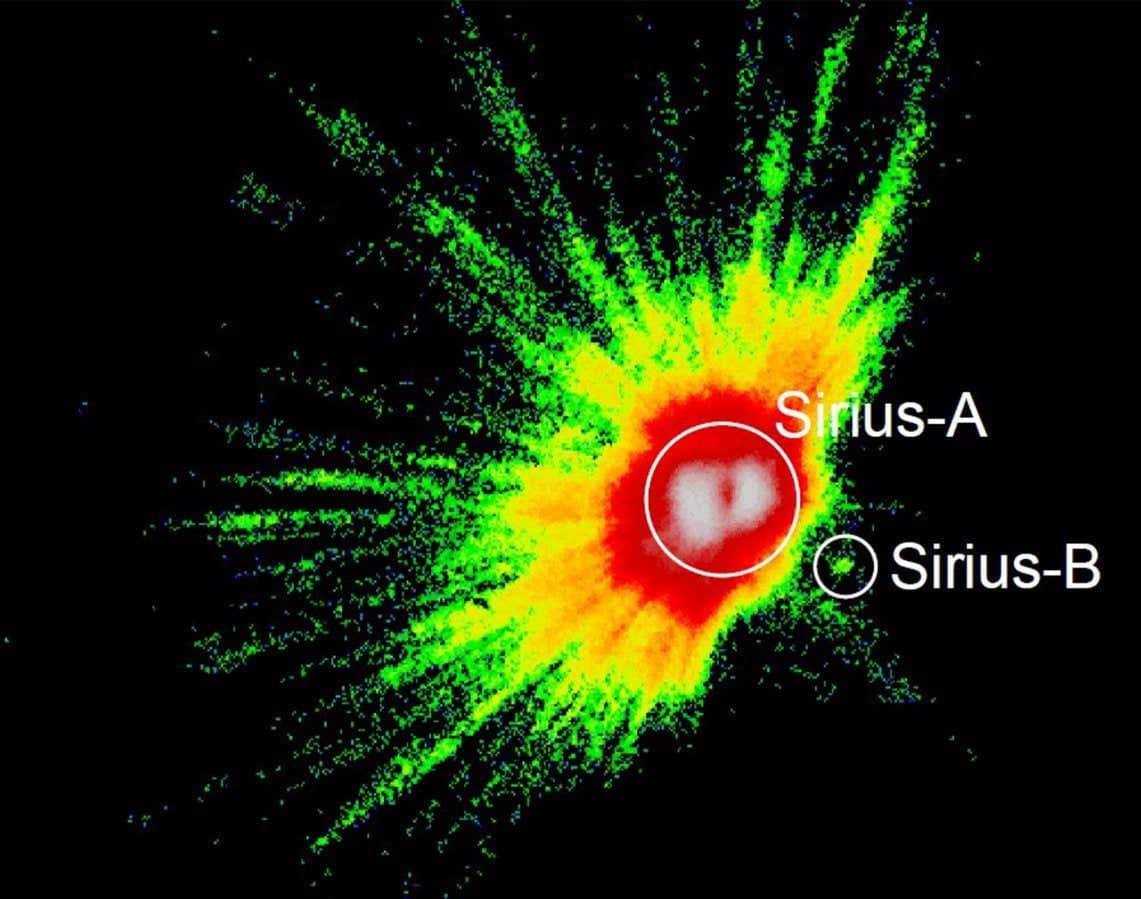A team of scientists have confirmed that their quantum computer is now in orbit around Earth aboard a satellite.





Astronomers from Wuhan University in China have employed the Insight-HXMT satellite to observe a giant outburst that occurred in the X-ray binary RX J0440.9+4431 about three years ago. Results of the observations, presented July 24 on the pre-print server arXiv, provide a wealth of data regarding the properties and behavior of this system.

Long before stars lit up the sky, the universe was a hot, dense place where simple chemistry quietly set the stage for everything to come. Scientists have now recreated the first molecule ever to form, helium hydride, and discovered it played a much bigger role in the birth of stars than we thought. Using a special ultra-cold lab setup, they mimicked conditions from over 13 billion years ago and found that this ancient molecule helped cool the universe just enough for stars to ignite. Their findings could rewrite part of the story about how the cosmos evolved from darkness to light.
Imagine engineering projects so vast they mold galaxies into new shapes. We’ll explore the staggering feats of Kardashev-3 and beyond civilizations, crafting CARD galaxies, Birch Planets, and even rearranging superclusters.
Watch my exclusive video Dark Biospheres: https://nebula.tv/videos/isaacarthur–…
Get Nebula using my link for 40% off an annual subscription: https://go.nebula.tv/isaacarthur.
Get a Lifetime Membership to Nebula for only $300: https://go.nebula.tv/lifetime?ref=isa…
Use the link https://gift.nebula.tv/isaacarthur to give a year of Nebula to a friend for just $36.
Visit our Website: http://www.isaacarthur.net.
Join Nebula: https://go.nebula.tv/isaacarthur.
Support us on Patreon: / isaacarthur.
Support us on Subscribestar: https://www.subscribestar.com/isaac-a…
Facebook Group: / 1583992725237264
Reddit: / isaacarthur.
Twitter: / isaac_a_arthur on Twitter and RT our future content.
SFIA Discord Server: / discord.
Credits:
Spaceport Innovations — Designing the Next Generation of Launch Sites.
August 3, 2025; Episode 746
Written, Produced & Narrated by: Isaac Arthur.
Galaxy-Scale Megastructures & Kardashev-3 Civilizations.
Written by: Isaac Arthur.
Editor: Darius Said.
Graphics: Jeremy Jozwik, Ken York, Sergio Botero, Steve Bowers.
Select imagery/video supplied by Getty Images.
Music Courtesy of Epidemic Sound http://epidemicsound.com/creator.
Stellardrone, \
Power Beaming and Space Solar — Dr. Paul Jaffe Ph.D., Tactical Technology Office, DARPA.

Most stars throughout the Universe are part of binary or multiple star systems. In these systems, a nearby companion star can make it difficult for planets to form and remain in stable orbits around just one of the stars.
A research team made up of international astrophysicists, led by Professor Man Hoi Lee from the University of Hong Kong’s Department of Earth Sciences and Department of Physics, along with MPhil student Ho Wan Cheng, has confirmed a highly unusual planetary discovery.
They identified a planet orbiting in the opposite direction of its binary stars’ movement, known as a retrograde orbit, within the nu Octantis (nu Octantis) binary system. Their work also sheds light on how the evolution of binary stars may have influenced the planet’s origin. These results have been published in the journal Nature.
